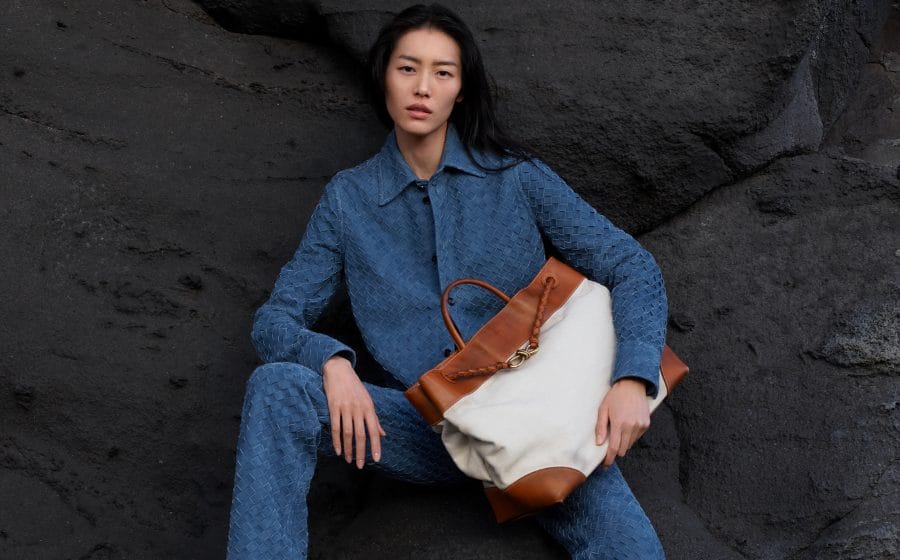 The age-old question returns: How does haute couture — a craft deeply rooted within traditions and the human touch — exist in an increasingly fast-paced world?
The age-old question returns: How does haute couture — a craft deeply rooted within traditions and the human touch — exist in an increasingly fast-paced world?
Haute couture — which translates to French for high sewing — is the craft of dressmaking that has been around for over a century, functioning as the pinnacle of costume and fashion. It is the height of dressmaking, an elite form of bespoke fashion that is intrinsically linked with the capital of fashion, France — which showcases design and innovation to the umpteenth scale. Serving as a creative laboratory for designers to dream and create with no holds barred, these creations are often only gawked at by the masses, while a small percentage of elites get to experience these extravagant creations. Thousands of hours are spent creating a single garment, made only from the best materials money can procure.
Its slow and meticulous processes oppose the winds of today, where everything is fast-paced thanks to the dawn of technology. With haute couture’s value system being heavily rooted in its commitment to tradition, fantasy, and age-old craftsmanship, its presence within today’s society is constantly challenged and comes into question. What does haute couture mean today, and where does it fit within the bigger picture of the world?
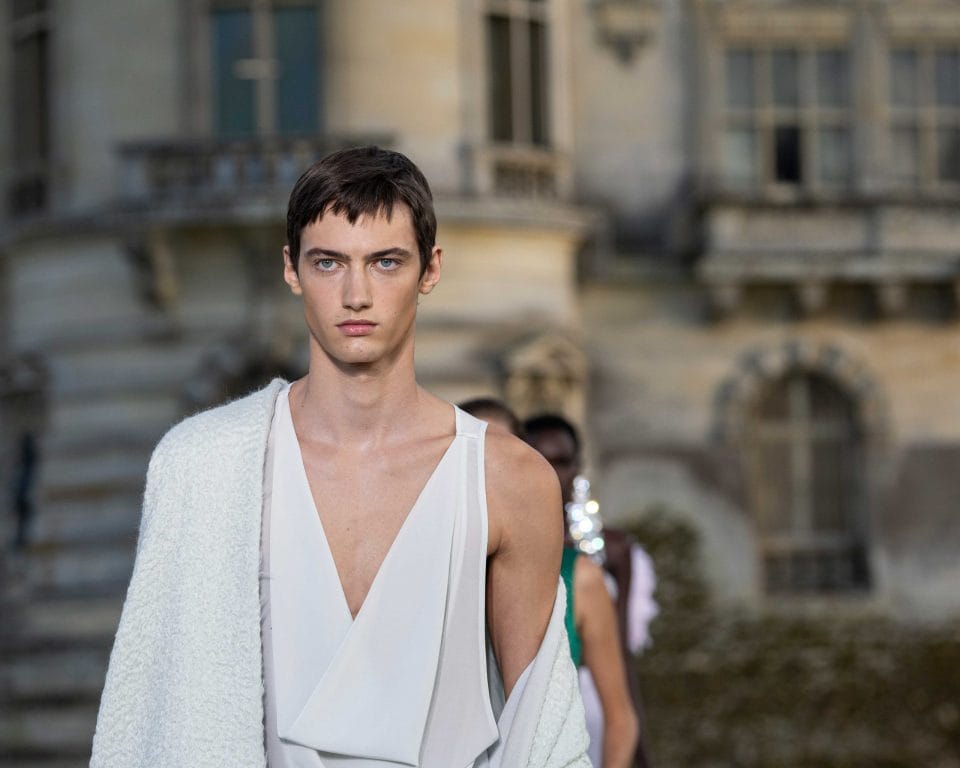
The origins of haute couture reside in Paris when Englishman Charles Frederick Worth moved to set up his brand in 1858. Deemed the first-ever couturier, he transformed the world of dressmaking into what is known as haute couture, familiar to us today. Nearly a century after, the Fédération de la Haute Couture (FHCM) was erected in 1945 as a governing body that authorises the usage of the term haute couture and defines what constitutes it through a strict set of requirements that is continually upheld today. These factors, coupled with the fact that haute couture is still highly regarded as an art form, account for the Fédération’s official seal of approval’s continued popularity.
Yet, the purpose of haute couture today remains to be varied. Some do it purely to sell very expensive and laboured clothes — essentially building a business to a paramount and exclusive scale. Others do it to create desire and fantasy that fuels other parts of the fashion business. A few do it for the pure craft — making it an epicentre for creation where fashion designers can exercise their creative muscles to produce clothes of remarkable scale, intricacy, and ingenuity, which can subsequently inform and inspire an entire Maison and perhaps an entire industry. However, while the haute couture term remains prestigious amongst brands, most couture houses do not profit from this business segment.

Haute couture is seen as a loss leader within a fashion house’s business. For what it is worth, it is essentially an avenue for designers to showcase the extent of craft and technique within fashion, but it also serves as a touch point for audiences to get to know one brand’s legacy. Although it does not directly earn a profit, the prestige that one receives from being a couture house can be the fuel to drive sales for other parts of the brand. Just look at Viktor and Rolf and Jean Paul Gaultier. In 2015, both brands shuttered their ready-to-wear to focus on showing haute couture, citing that the fast-paced nature of ready-to-wear restricts innovation and artistic freedom.
While their love for the craft outweighs their desire to hit yearly profit margins, how are they sustaining their businesses with fashion being a multi-billion dollar industry? The two brands each have a sizeable market within the perfumery sector — Jean Paul Gaultier with his iconic perfumes and Viktor and Rolf with Flower Bomb. While haute couture exists as a space for them to dream, it is also a marketing vehicle to boost perfume sales, which fuels their love for creation.
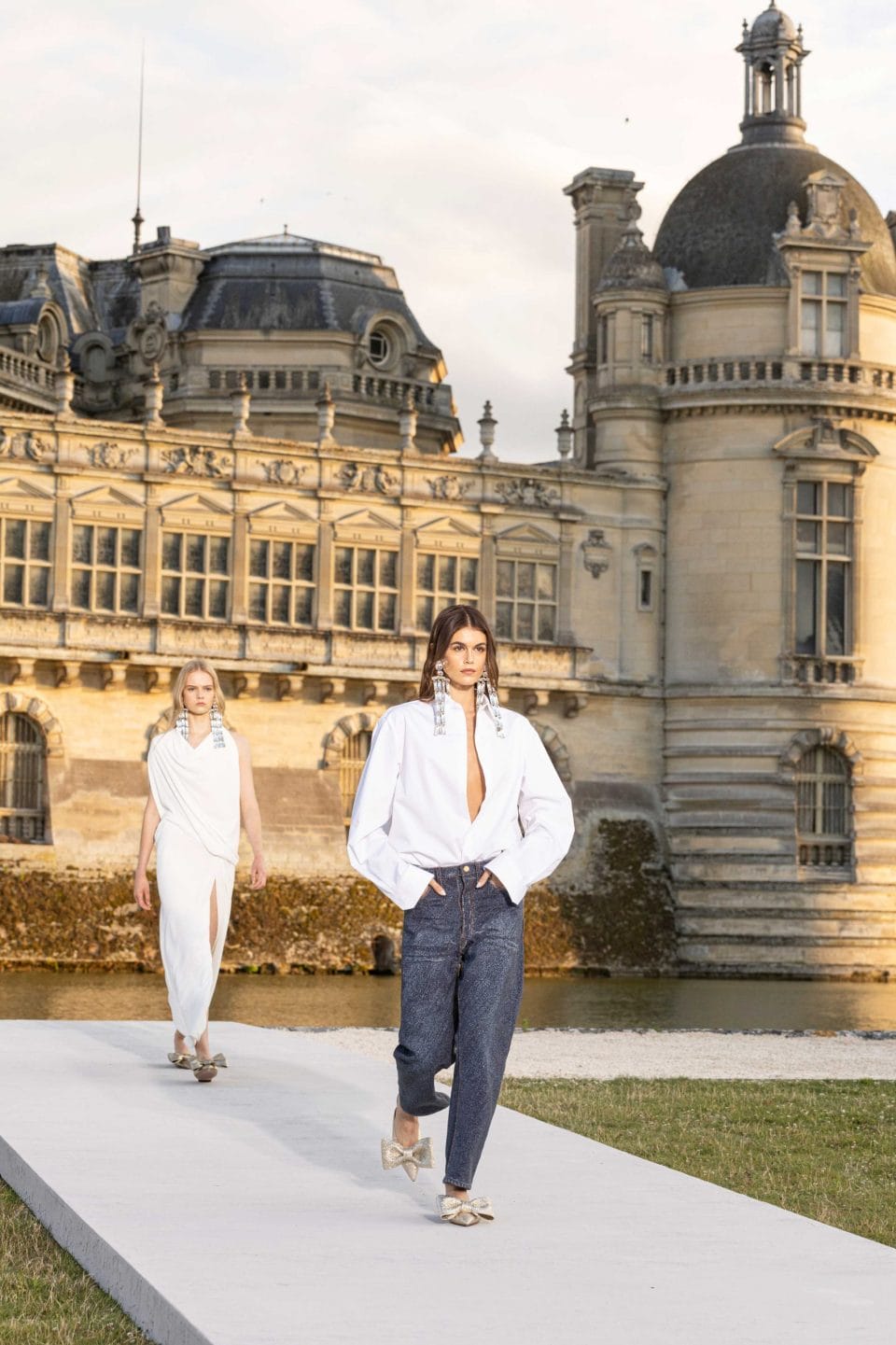
Haute couture’s once-shrouded world is slowly unfurling thanks to social media. While exclusivity remains a key value within haute couture and is highly valued among versed clients, for the art form to stay relevant, it has to shed some of that to reel in a nascent demographic of clientele — one that lived through the digital age. Now, up against the digitalisation of fashion, the FHCM has put efforts into remaining agile to keep the practice of haute couture relevant today. Through paying close attention to societal trends such as sustainability, technological advances, digital platforms, and their links with fashion and creativity and even by looking outside the perimeters of France for newness, through permitting guests spots within the haute couture calendar for new faces to show their collections, FHCM hopes to connect with a wider generation of haute couture clients.
Rules that uphold the sanctity of haute couture are starting to relax. Designers not based in France can now show their creations alongside the usual key players. Designers from other regions, such as Asia and America, are invited to showcase how haute couture is within their corner of the world, further shaping what haute couture can look like in the future. From established designers like Thom Browne, who recently showcased his interpretation of American Sportswear into the language of haute couture, and also up-and-coming designers such as Miss Sohee, whose love of Korean heritage and embroidery in sustainable approaches results in culturally rich and extravagant designs, these injections of fresh blood from all regions of the world allows for a multiplicity of definitions for the haute couture term in addition to having new eyes landing on the pages of vogue runway’s haute couture section.
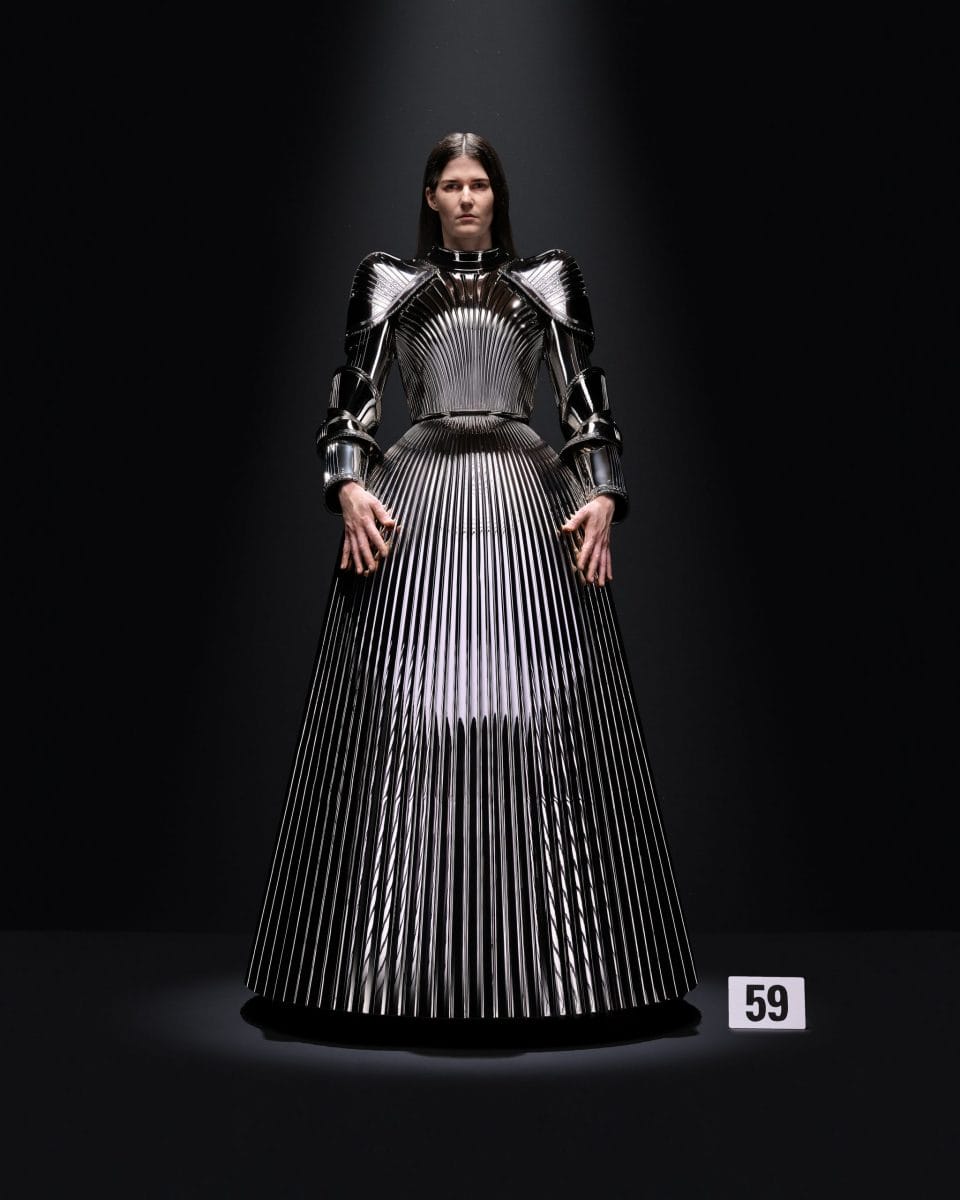
Besides the FHCM, brands are also taking part in making haute couture more accessible, such as with Balenciaga. The sombre Spaniard, Cristóbal Balenciaga, who had shuttered his haute couture house because of ready-to-wear’s ascension, has reopened after 55 years under the helm of Demna. While he might be a point of contention for some, his dedication to the craft of haute couture is felt. The man, well-known for creating spectacles for his shows, strips it all bare for haute couture and instead focuses entirely on the garments — a strategy that the ready-to-wear collection now heeds. Following his debut, the original couture salon was restored and became a direct gateway for customers to experience the elusive craft. Similarly, the digital equivalent — a website that details prices, materials, and savoir-faire from each collection — acts as an online showroom for the curious.
 While Balenciaga opts to make haute couture accessible for clients, Jean Paul Gaultier’s renewed focus on haute couture has him devising an inventive strategy for making haute couture accessible for designers. He has enlisted a guest creative director model for his haute couture shows — one that has been going for the past couple of seasons — whereby different designers are invited each season to reinterpret the codes of Jean Paul Gaultier.
While Balenciaga opts to make haute couture accessible for clients, Jean Paul Gaultier’s renewed focus on haute couture has him devising an inventive strategy for making haute couture accessible for designers. He has enlisted a guest creative director model for his haute couture shows — one that has been going for the past couple of seasons — whereby different designers are invited each season to reinterpret the codes of Jean Paul Gaultier.
Beginning with Chitose Abe of Sacai and her eye for deconstruction, to Julien Dossena of Rabanne’s ornate maidens most recently, the extensive legacy of Jean Paul Gaultier is refreshed through new perspectives by contemporary tastemakers — and for some of them, is an opportunity for a lifetime; to work under the measured and meticulous world of haute couture. This unique invitation from Gaultier not only reinvigorates the house codes but also fortifies his legacy as one of the most forward-thinking fashion designers of our time while allowing some designers to experience the magic of working in a couture atelier.
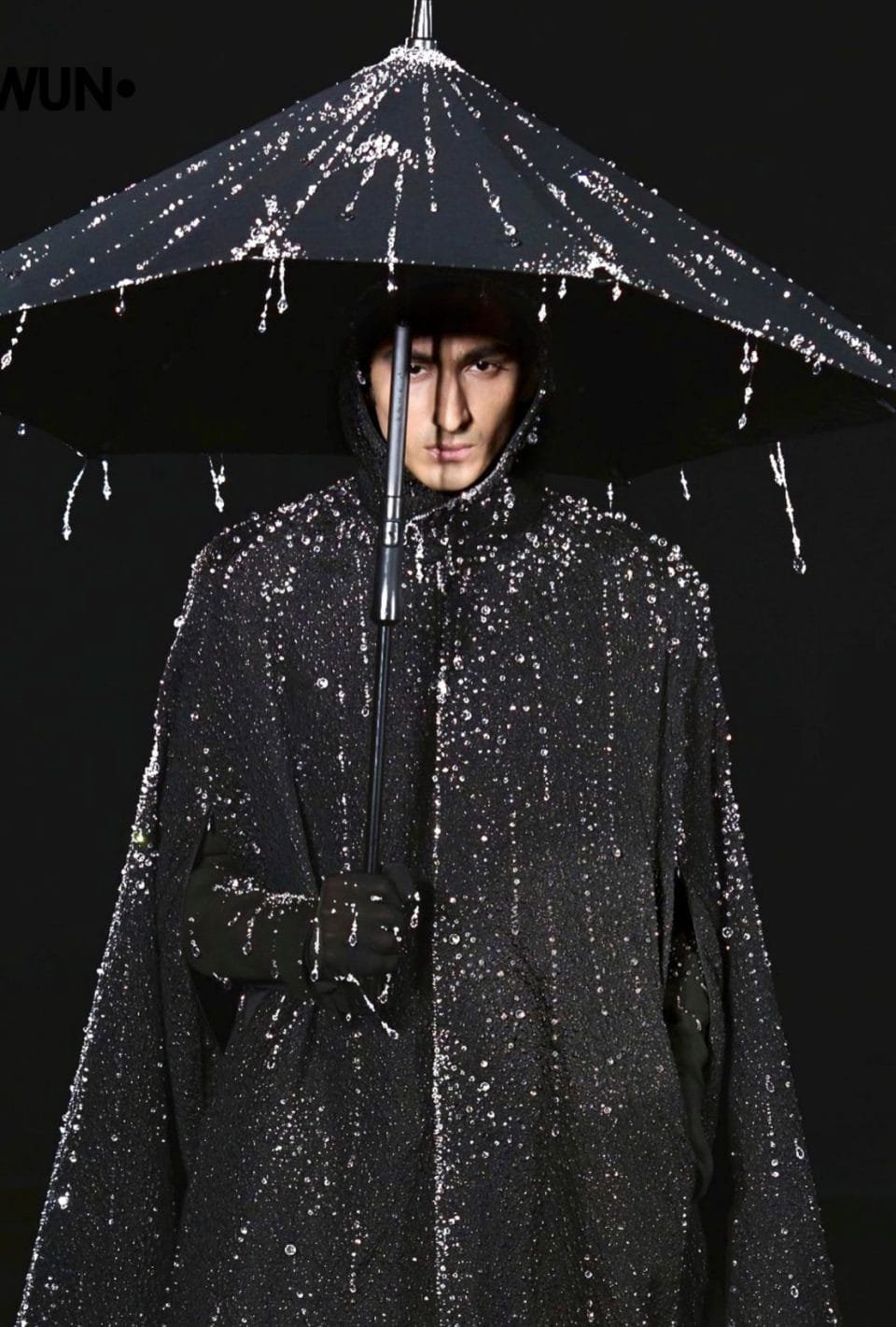
This move towards demystifying haute couture’s elusiveness is unprecedented. In the past, haute couture was out of reach — it existed in a bubble for the wealthy and privileged, for people who had balls and galas to attend, while the laymen looked at it through screens or from afar. But the magic of haute couture lies within its intricacies. Hence, this move towards transparency allows for the laborious work of haute couture to be appreciated and goes hand-in-hand with the younger generation’s desire for authenticity — allowing for a younger generation of haute couture clients to engage and understand the value of buying into haute couture.

Additionally, haute couture solves everything fashion is often pilloried for. It operates at a slower pace, is only displayed twice a year in Paris, and is entirely handmade by highly skilled craftspeople. It is also free of commercial restrictions on sartorial creativity, allowing designers to present avant-garde concepts and clothes with cutting-edge technology that may never see the light of day on the shop floor in theatrical presentations that become etched in history as the shows we remember. Although the prices of these garments easily command five-figure sums, they are produced entirely by hand and are intended to last a lifetime, which is environmentally friendly — another quality the younger generation appreciates.
As the question of haute couture’s relevancy continues to beckon, its intrinsic value to reflect the cultural zeitgeist remains salient. Sure, its client pool is minuscule, but haute couture encapsulates the existential debate of fashion itself. A chance, perhaps, to discuss the great concerns about fashion in connection to the larger world. As tempting as it is to deem the craft archaic and resistant to change, its longevity — having lasted a century and a half — reflects the nature of the garments being created. Maybe that is reason enough to keep it going.
Once you’re done with this story, click here to catch up with our September 2023 issue.
RELATED ARTICLES


